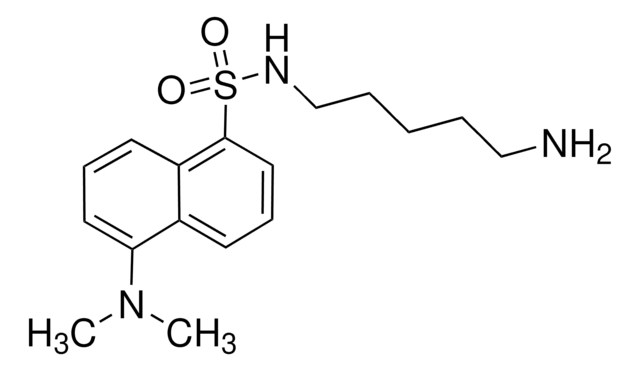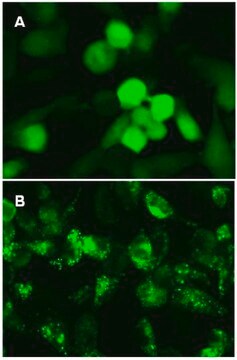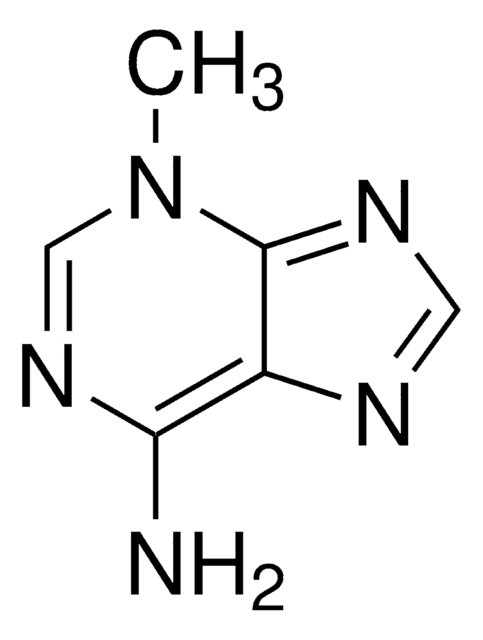MAK138
Autophagy Assay Kit
sufficient for 200 fluorometric tests
Sign Into View Organizational & Contract Pricing
All Photos(2)
About This Item
UNSPSC Code:
12161503
NACRES:
NA.84
Recommended Products
usage
sufficient for 200 fluorometric tests
detection method
fluorometric
relevant disease(s)
cancer; immunological diseases
storage temp.
−20°C
Related Categories
General description
Autophagy is an evolutionarily conserved degradation process that targets long-lived proteins, organelles, and other cytoplasmic components for degradation via the lysosomal pathway. Activation of the autophagy pathway is required for multiple cellular roles, including survival during starvation, the clearance of intracellular components, development, and immunity.
Application
- Inhibitory Effect of Ursolic Acid on Proliferation and Migration of Renal Carcinoma Cells and Its Mechanism.: This study explores the inhibitory effects of ursolic acid on the proliferation and migration of renal carcinoma cells. The use of an autophagy assay kit was instrumental in demonstrating that ursolic acid induces autophagy, leading to decreased cell viability and migration. These findings highlight the potential of ursolic acid as a therapeutic agent in renal carcinoma through the modulation of autophagy (Lyu et al., 2022).
Suitability
This kit is suitable for the detection of autophagy in mammalian cells by fluorescence microscopy and fluorescence microplate readers.
Principle
The Autophagy Assay kit provides a simple and direct procedure for measuring autophagy in a variety of cell types using a proprietary fluorescent autophagosome marker (λex = 333/λem = 518 nm).
Storage Class Code
10 - Combustible liquids
WGK
WGK 2
Choose from one of the most recent versions:
Already Own This Product?
Find documentation for the products that you have recently purchased in the Document Library.
Customers Also Viewed
Autophagy in the pathogenesis of disease.
Levine B and Guido K
Cell, 132(1), 27-42 (2008)
Autophagy: machinery and regulation.
Yin Z, et al.
Microbial cell, 3(12), 588-588 (2016)
Ilenia Martinelli et al.
Redox biology, 40, 101866-101866 (2021-01-26)
Autophagy and apoptosis are powerful regulators of multiple facets of cellular metabolism and homeostasis. Here, we uncover that galanin, a pleiotropic peptide, regulates cardiac autophagy and deactivates apoptotic cell death through the Forkhead box protein O1 (FoxO1) pathway. In hypertrophied
Simin Nazarnezhad et al.
Neurotoxicology, 74, 196-202 (2019-07-20)
Diabetic neuropathy (DN) is the most common complication of diabetes mellitus. It is thought that neuronal cell death which is mainly due to reactive oxygen species (ROS) overproduction in the cells is responsible for most symptoms of this disorder. Nesfatin-1
Platelet rich plasma (PRP) induces chondroprotection via increasing autophagy, anti-inflammatory markers, and decreasing apoptosis in human osteoarthritic cartilage.
Moussa M, et al.
Experimental Cell Research, 352(1), 146-156 (2017)
Our team of scientists has experience in all areas of research including Life Science, Material Science, Chemical Synthesis, Chromatography, Analytical and many others.
Contact Technical Service







